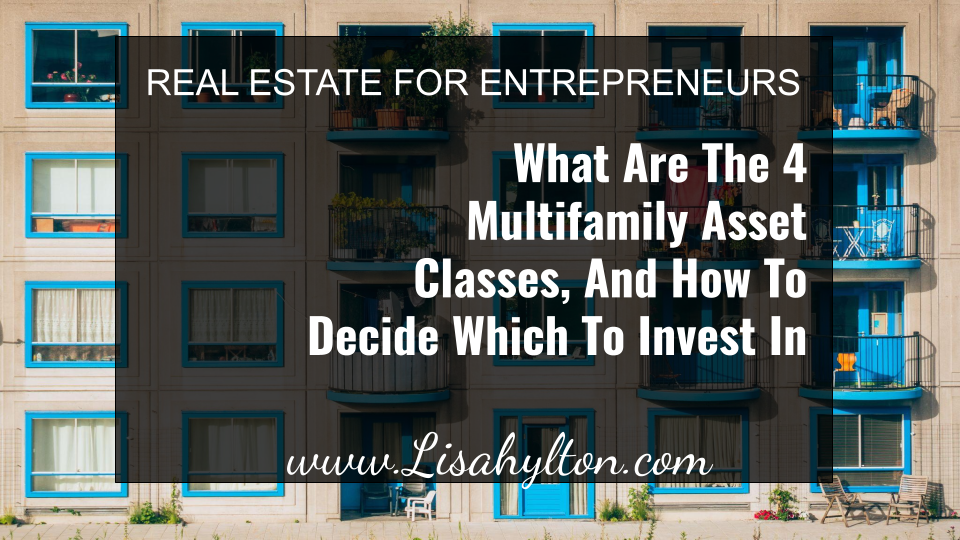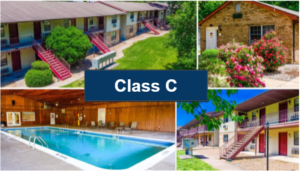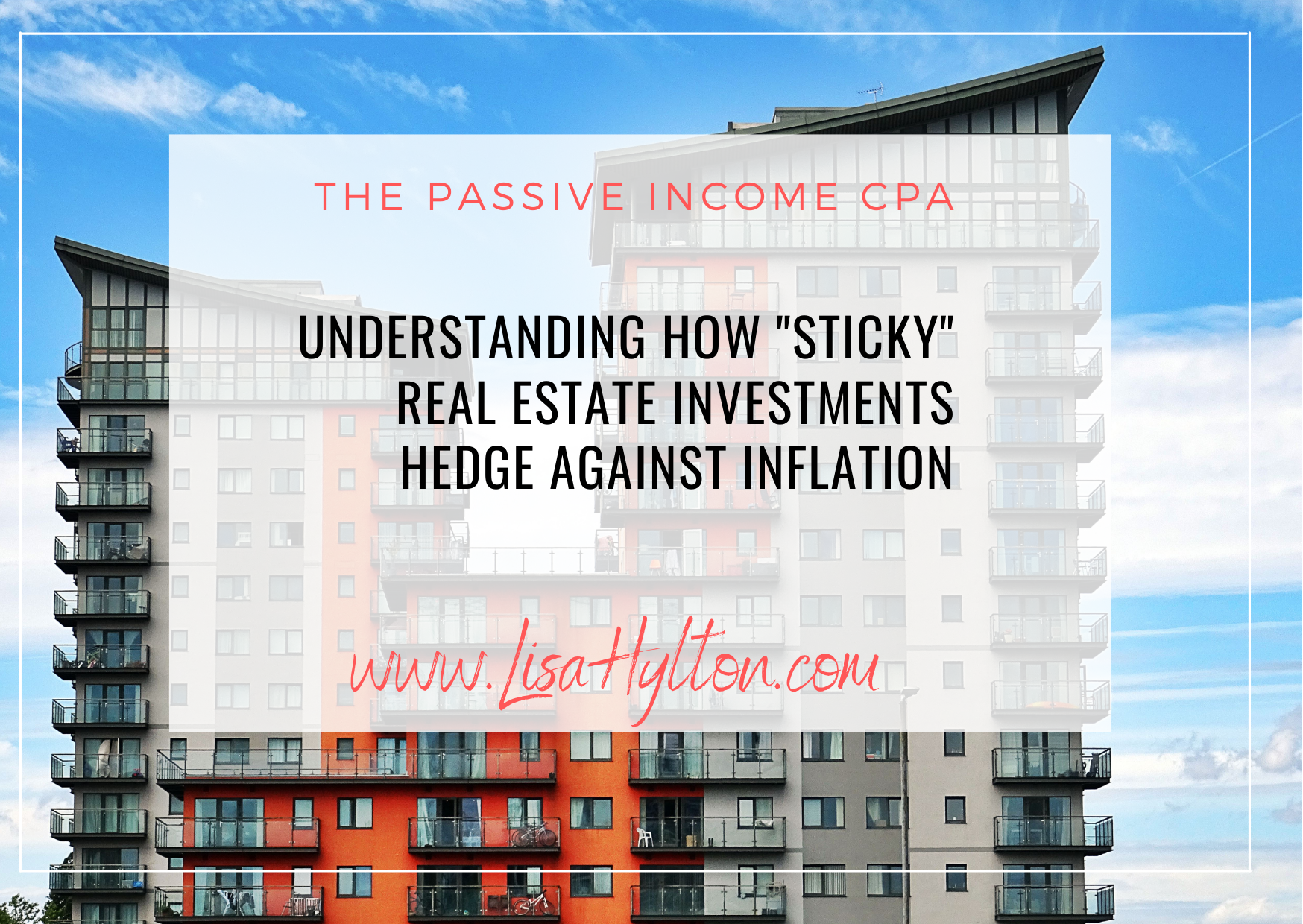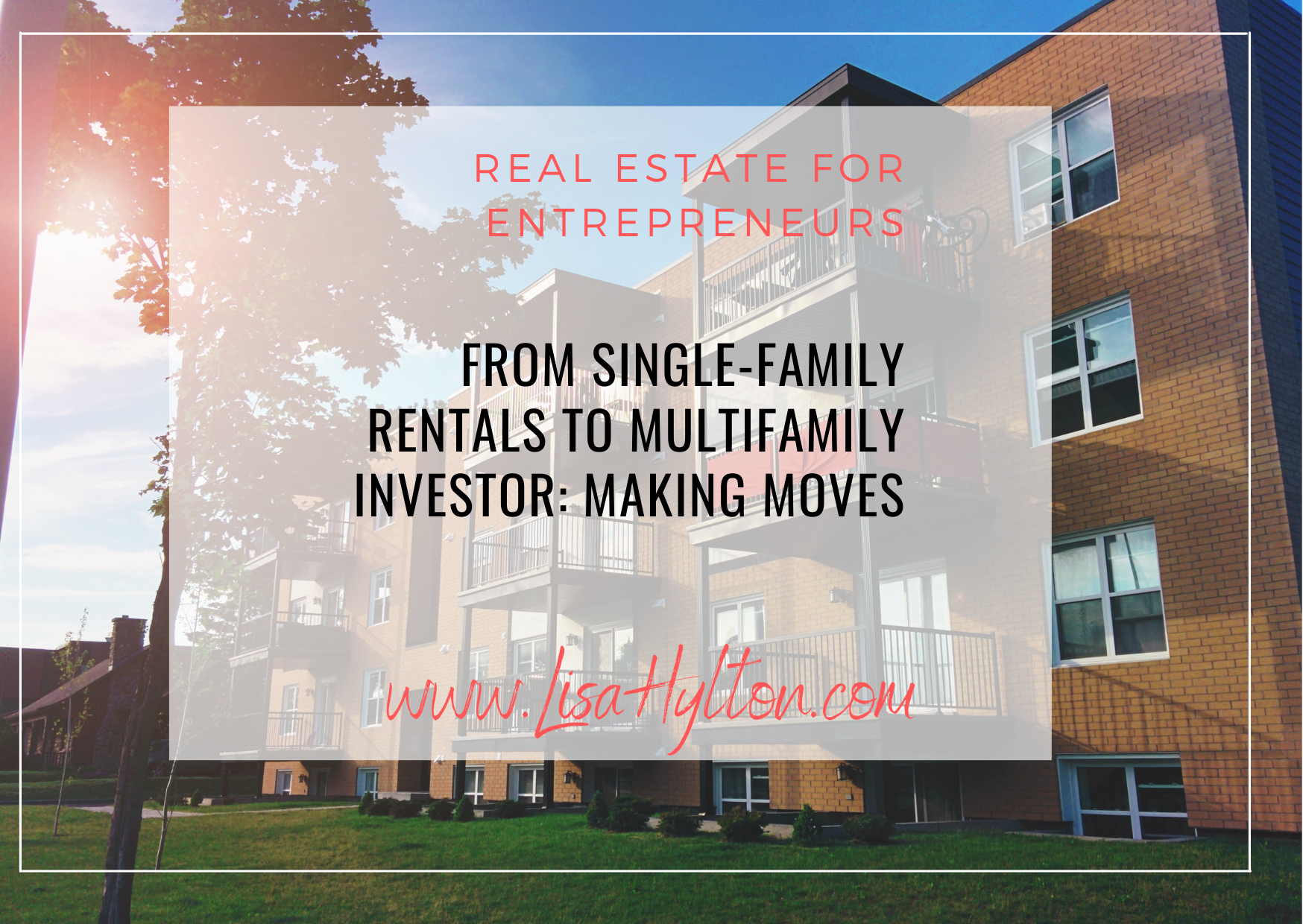If you’ve ever bought a home before, you know that one of the most exciting parts of the process is making your list of must-haves and nice-to-haves. Your wishlist, so to speak.
Four bedrooms, two-and-a-half bathrooms, fully finished basement in-law suite, two-car garage, on a quiet street, in a good school district, with low-maintenance landscaping, and complete with a tiny house in the backyard. Hey, a girl can dream, right?
Those wishlists are easy and fun to make, because you’re picturing yourself living there.
When you’re investing in a rental home or apartment building, however, it can be harder to gauge what to look for. After all, you’re speculating on behalf of someone else (i.e., the tenants). Will they want to live on a quiet street, or in the middle of all the action? Will they have kids? What about pets?
Part of thinking through your investment property wishlist is thinking about the tenants you want to attract. Are you looking to rent to families, young professionals, or retirees? Each will be looking for different things, and each renter profile comes with different considerations for you as the investor and/or landlord.
The Multifamily Asset Class Report Card
When evaluating multifamily properties, a grading system is used to classify different assets. Just like a report card, multifamily assets get a letter grade, ranging from an A to a D. There are no F’s in the apartment world because, well, as long as the property is standing, it passes?
Let’s take a closer look at these multifamily asset classes, as well as which to invest in.

Class A Multifamily Assets
Let’s start at the top, with Class A. Just as in school, Class A is the top tier. These are the luxury apartments. The ones in the most highly desirable neighborhoods, with 10-rated schools aplenty.
Inside these apartments, you’ll find hardwood floors, granite countertops, and stainless steel appliances. Bathrooms will likely include beautiful tile work, and maybe even a rain shower.
Class A apartment communities often include top quality amenities as well. Full service gym, resort style pools, clubhouse, rooftop patios, dog parks, picnic areas, you name it.
Feeling right at home, aren’t you?
Just don’t forget that Class A apartments also come with the highest rents.
Class B Multifamily Assets
Next, we’ve got Class B. Don’t worry, Class B apartments are still pretty nice. These assets tend to be in nice neighborhoods as well, often around the corner from a Starbucks or Target.
Class B apartments tend to have nice finishes as well. Often, you’ll find hardwood look-alike flooring (high quality vinyl or laminate), black appliances, solid surface countertops, and nice cabinetry.
Class B assets tend to be a bit older, built within the last twenty to thirty years or so, and the buildings tend to have little to no deferred maintenance.
Amenities in a Class B apartment complex can vary. Some may offer amenities that rival Class A properties, while others may have sparser amenities.
As you can imagine, rents for Class B apartments are lower than Class A apartments, so these assets tend to appeal to more of a working-class tenant profile, which can be a huge benefit to investing in Class B assets. More on this in a bit.
Class C Multifamily Assets
Moving along, we’re now down to Class C properties.
If you’ve ever gotten a C in school, you know that it’s not exactly what puts a smile on a parent’s face. Not terrible either, just kinda in the middle.
That’s exactly what Class C properties are like. They often tend to be in more developing neighborhoods. They don’t particularly stand out when you drive by them. They’re not falling apart, but they’re not sparkling either.
Often, when you look closely, there’s some deferred maintenance (e.g., older roofs, peeling paint, etc.). Inside these units, you’ll often find more dated kitchens and bathrooms, as well as laminate flooring or carpets. I’ve certainly seen my fair share of “vintage” appliances in Class C apartments.
Class D Multifamily Assets
At the bottom are Class D assets. As you can imagine, these are the types of places you would normally avoid. There’s typically quite a bit of deferred maintenance and neglect, which is apparent even from a distance.
Class D apartments tend to be in the sketchier areas of town, where you probably wouldn’t want to be caught alone after dark.
The interiors of these units, as you can imagine, are consistent with the exteriors. Dated, worn, and poorly constructed. Don’t expect to find any stainless steel appliances here. ?
Comparing the Asset Classes
Let’s start with a quick recap.
Class A apartments are the highest quality apartments you can find. They’re in the best neighborhoods, with the best finishes, but also cost the most.
On the opposite end of the spectrum, Class D apartments are those you wouldn’t want to touch with a ten-foot pole. The buildings are often falling apart and are located in rougher areas of town. Just ask the cops; they tend to know these buildings well.
In the middle are Class B and C assets, which, have generally been the sweet spot.
However, the pandemic has changed how investors view investing in real estate in general – think retail and office and multifamily has experienced some changes as well.
Class C multifamily assets were hit harder than the Class A, B, and C assets in terms of rent collections as many residences in this asset class experienced job losses due to the pandemic induced recession.
Where Do We Go From Here
While I don’t believe investing solely in Class A assets is the answer. I do think that it is prudent to diversify across the asset classes and focus on Class B assets.
The current recession has shown us that investing in class C mutlifamilies is not a fail-safe. It has reinforced the importance of having cash reserves and highlighted that diversifying across the asset classes might not be a bad thing to mitigate risk.
At Lisahylton.com, I specialize in investing in primarily Class B multifamily assets because they provide a strong conservative return for investors, as well as the ability to impact communities positively. I will also invest in Class C but I am definitely more cautious and need to understand bad debt and the current laws surrounding non-payment of rent in light of the pandemic in order to protect investor’s capital.
Opportunity for Value-Add
Perhaps the biggest reason I invest in Class B multifamily assets is because of the opportunity to add value. We typically look for properties that don’t have huge maintenance issues, like the need for roof replacements and foundation fixes.
Instead, we look for properties that have strong bones, but that need some cosmetic upgrades. Perhaps the kitchens haven’t been updated in 20 years, and bringing in some new flooring, cabinetry, and appliances would allow us to increase the rents to market rates, while also providing the tenants a home they can be proud of, and creating a greater sense of community.
In the commercial real estate space, value-add is a terrific strategy, as it gives us more control over the value of the property. Rather than relying solely on the market to appreciate, we can be proactive in improving the property, raising rents to market values, and thereby increasing the equity in the property.
Think of it as a fix-and-flip, just on a massive level.
Shortage of Workforce Housing
These days, any time you see a construction site for a new apartment complex, you can almost guarantee that a Class A apartment building will be going up there.
Why? Because it’s just too expensive to build Class B, and especially Class C, apartment buildings these days. Labor costs have gone up, and with all the work that goes into the permitting process, developers tend to focus their efforts on building Class A assets, as they make the most financial sense for them.
What this means, though, is that, as the population continues to rise, and more and more Class A buildings hit the market, we’re seeing a shortage of workforce housing (Class B and C apartments), as compared to demand.
As such, occupancy in Class B and C apartments tends to be very high (90-100%), while occupancy in Class A apartments tends to see more variance.
Risk Mitigation During a Recession
The third reason we’re proponents of investing in Class B assets is that they allow us to mitigate risk during a recession.
During a downturn, as markets contract, people are getting laid off and losing their jobs. As a result, people who have been living in Class A apartments start to move to Class B, and Class B to Class C, and so on.
It’s the Class A assets that are typically most vulnerable during a recession since there’s a smaller pool of people who can afford those rents during a recession. However, the 2020 pandemic showed us that Class C multifamilies could also be impacted as that asset class bore most of the rent delinquencies in the pandemic.
Because we tend to hold our investments for five or more years, we can’t predict when the next recession will hit. So, investing in more recession-proof assets allows us to hedge our bets and mitigate those risk factors.
So, What Should You Invest In?
Come on, you know I can’t tell you the answer to that. The SEC would have my head on a spike.
All I can say is that there are investors who invest in each of the asset classes, from Class A to Class D, and there are ways to make money and have an impact in each asset class.
You’ll have to decide for yourself what your risk tolerance is, how involved you want to be, and what kind of impact you want to have. A great place to start is by filling out this Real Estate Investing Roadmap.
And if you want to learn more about what I’m investing in, consider signing up for The Premier Entrepreneur Investor Club.
Want to Invest with Lisa?
If you are interested in learning more about passively investing in apartment buildings, click here https://lisahylton.com/invest/ to sign up to learn more about upcoming opportunities.
About the Author

Lisa is the CEO of Lisahylton.com, a real estate company that helps entrepreneurs invest in tax-efficient real estate investments. At Lisahylton.com, Lisa and her team focus on buying apartments with investors and shares the profits. This strategy enables her investors to build wealth and passive income through investing in conservative, high-quality multifamily assets.
Lisa is the host of the Level Up REI podcast where she interviews real estate investors, entrepreneurs, and business owners to share their stories and experiences building businesses and investing in real estate. After a decade of working in the financial services industry, Lisa found investing passively in real estate syndications and was intrigued by the business opportunity to invest in real estate while also providing the opportunity to others to do the same along with her.
You can learn more about passively investing in high-quality multifamily assets that provide cash flow and strong returns at www.LisaHylton.com.






